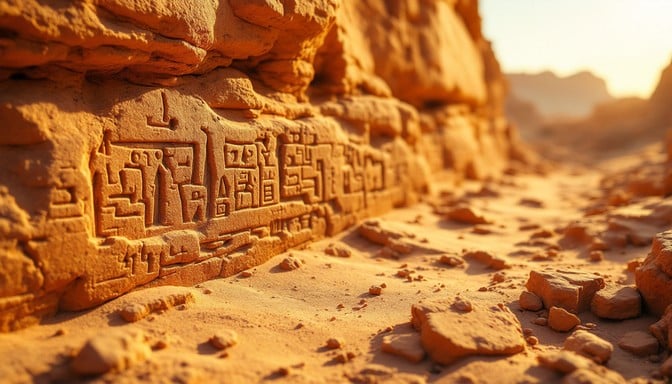Nazca Lines Geoglyphs: Enigmatic Mystery
Across the arid desert plains of southern Peru stretch some of humanity’s most enigmatic creations: the Nazca Lines geoglyphs. Covering nearly 1,000 square kilometers, these immense designs include straight lines, geometric shapes, and animal figures — from hummingbirds to monkeys and even a mysterious “astronaut.” Their sheer scale makes them visible only from above, fueling one of archaeology’s greatest questions: who made them, and why?
A Desert Canvas
The Nazca Lines geoglyphs were created by the Nazca culture, which thrived between 200 BCE and 600 CE. By removing dark surface stones to expose lighter soil beneath, they produced enduring figures that the desert’s stable climate has preserved for centuries. Today, they remain as a vast, silent canvas of ancient intention.
Sacred Pathways and Cosmic Markers
Some researchers suggest the geoglyphs were ceremonial pathways walked during rituals to honor deities tied to water and fertility. Others argue that certain lines align with solstices or star risings, suggesting they functioned as astronomical markers. If so, the Nazca Lines geoglyphs embody a fusion of ritual, environment, and cosmic observation.
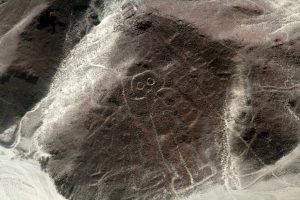
The Mystery of Scale
At ground level, many shapes are hard to recognize. Only from the sky do the figures reveal themselves. Did the Nazca possess ways to observe from above, perhaps via nearby hills or rudimentary balloons? Or were these images not meant for human eyes at all, but for gods looking down from the heavens?
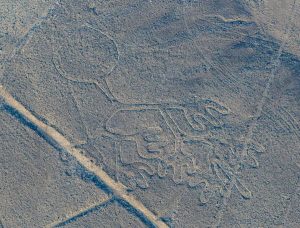
Lost Meanings
As centuries passed, the true purpose of the geoglyphs was lost. Spanish chroniclers ignored them, and only in the 20th century did airplanes reveal their full majesty. Since then, interpretations have ranged from ritual offerings to calendars, and some fringe theories even imagine alien contact. Whatever their meaning, the Nazca Lines continue to inspire awe and speculation.
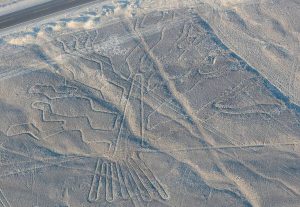
A Message in the Desert
Perhaps the Nazca Lines geoglyphs are more than symbols; perhaps they are a message written across the earth, meant to endure through ages. Whether as prayers for rain, cosmic alignments, or spiritual pathways, they reveal a culture deeply connected to both land and sky. In their scale and mystery, they challenge us to rethink what ancient civilizations knew about the world — and how they chose to express it.
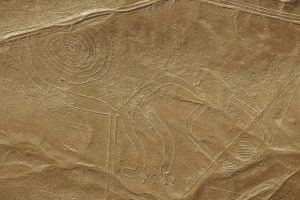
Additional reading:
-
The Megaliths of Puma Punku
-
Megalithic Monuments Secrets of Ancient Stone Structures

